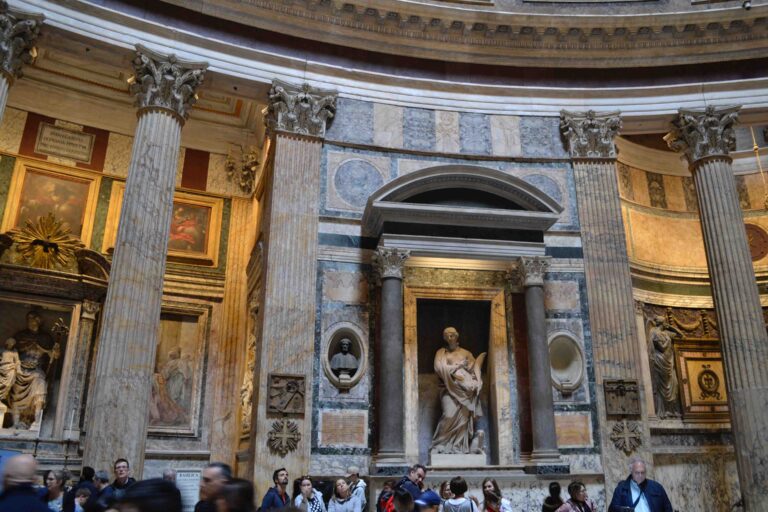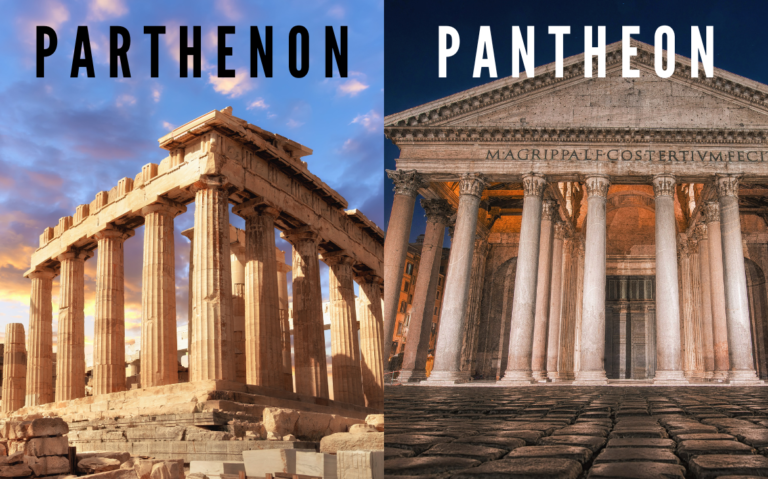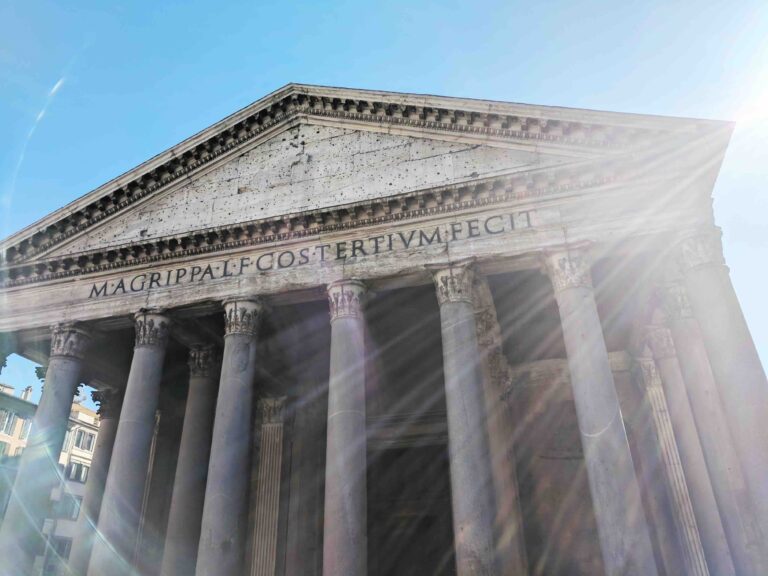When it comes to architectural wonders of the ancient world, few structures can rival the grandeur and historical significance of the Parthenon and the Pantheon. These iconic buildings, located in Athens and Rome respectively, are testaments to the ingenuity and creativity of their respective civilizations. In this blog post, we will delve into the fascinating world of the Parthenon and the Pantheon, exploring their architectural styles, cultural significance, and enduring legacies.
The Parthenon
Built in the 5th century BCE on the Acropolis of Athens, the Parthenon stands as a symbol of classical Greek architecture. Dedicated to the goddess Athena, the patron deity of Athens, this temple is renowned for its harmonious proportions and refined Doric style. The Parthenon’s architectural elements, such as the imposing columns and the decorative friezes, represent the pinnacle of Greek artistic achievement. Despite undergoing significant damage over the centuries, the Parthenon continues to captivate visitors with its timeless beauty and historical significance.
The Pantheon
Located in Rome, Italy, the Pantheon is a remarkable example of Roman engineering and architecture. Originally built as a temple to honor all gods, the Pantheon’s most notable feature is its massive domed roof. The dome, with its oculus at the center, remains the world’s largest unreinforced concrete dome to this day. The Pantheon’s innovative design showcases the Romans’ mastery of concrete construction and their ability to create awe-inspiring interior spaces. It served as an inspiration for countless architectural marvels throughout history.
Architectural Styles
While both the Parthenon and the Pantheon are celebrated for their architectural splendor, they represent different styles prevalent in their respective civilizations. The Parthenon embodies the classical Greek style, characterized by its simple, balanced forms and emphasis on harmony and proportion. The Pantheon, on the other hand, showcases the Romans’ penchant for monumentalism and grandeur, with its vast interior space and impressive dome.
Cultural Significance
Beyond their architectural brilliance, the Parthenon and the Pantheon hold immense cultural significance. The Parthenon, as a symbol of Athenian democracy and the birthplace of Western civilization, has become an enduring emblem of Greek cultural heritage. It has influenced countless architectural designs and continues to inspire artists and architects around the world. The Pantheon, with its long history of repurposing, has served as a church and a burial site for prominent individuals. It remains an active place of worship and a testament to Rome’s enduring cultural legacy.
Enduring Legacies
Despite the ravages of time and various historical events, both the Parthenon and the Pantheon have managed to survive and maintain their allure. Today, they are iconic landmarks that attract millions of visitors each year. The Parthenon, now a UNESCO World Heritage site, stands as a symbol of resilience and the enduring power of ancient Greek civilization. The Pantheon, too, is a symbol of architectural prowess and a testament to the ingenuity of ancient Rome.
Conclusion
The Parthenon and the Pantheon are architectural marvels that continue to captivate and inspire people from all corners of the world. Their enduring legacies serve as reminders of the remarkable achievements of ancient civilizations. Whether you find yourself marveling at the refined beauty of the Parthenon or the awe-inspiring dome of the Pantheon, these ancient structures offer a glimpse into the rich history and cultural heritage of the past.






